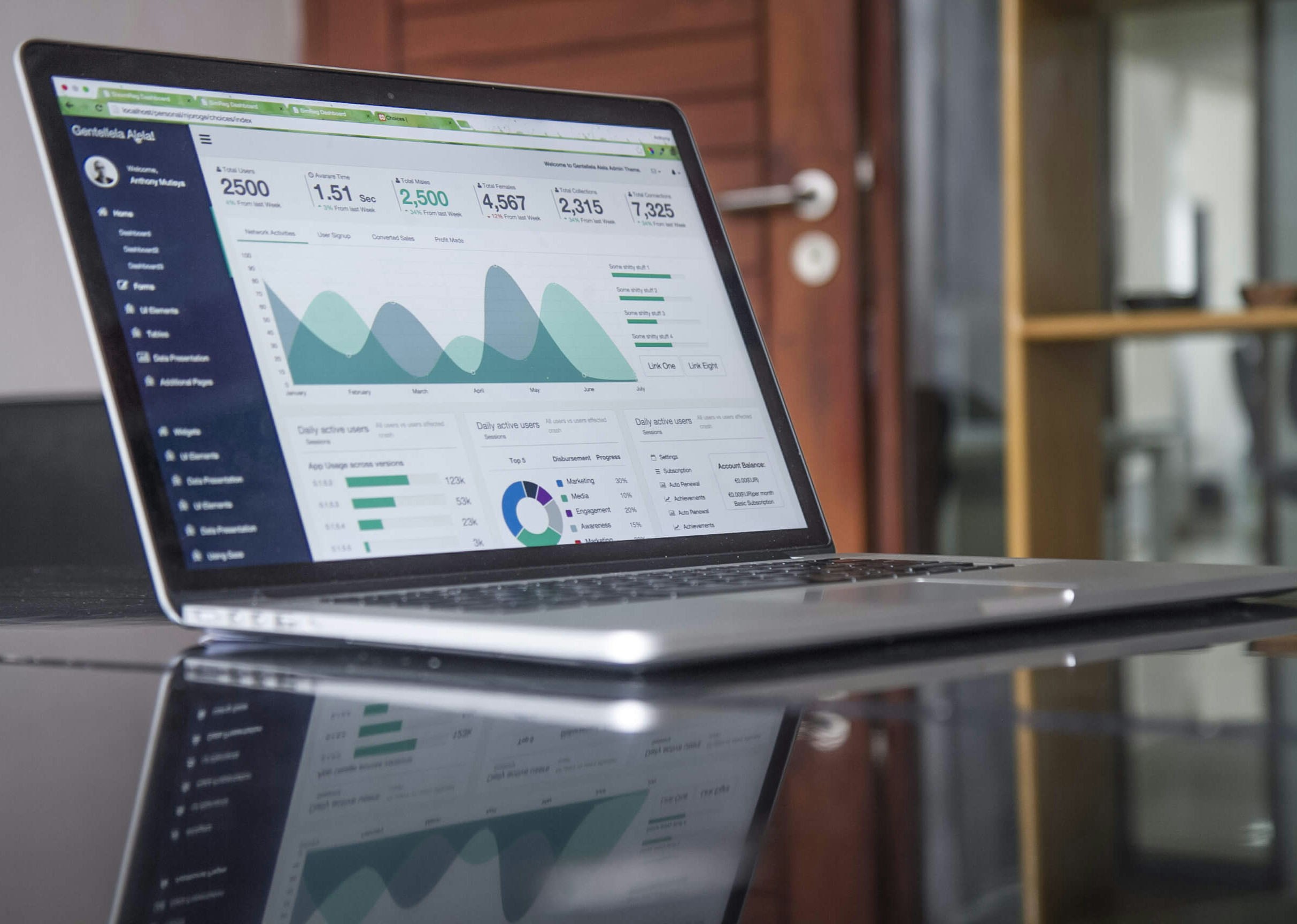In 2024, user experience (UX) design has evolved beyond the basics, with designers now relying on innovative tools to create interactive, user-centric interfaces. New tools are reshaping how designers work, providing smarter integrations, AI-powered assistance, and more collaborative platforms. Here are five emerging design tools every UX designer should explore.
1. Penpot
Penpot is the first open-source design and prototyping platform tailored for both designers and developers. Its collaborative features allow team members to work simultaneously on designs, breaking the barriers between design and code. It supports vector illustrations, making it a great choice for designers who want to integrate more creativity into UX design.
2. Fable
Fable is a motion design tool that allows UX designers to add dynamic animations directly into their prototypes. Motion design is a critical part of modern UX design, and Fable makes the process seamless by integrating animation into product design workflows.
3. Maze
Maze is a user-testing platform that allows designers to quickly gather insights on their designs by running tests, collecting feedback, and iterating faster. With tools like Maze, designers are moving toward a data-driven approach, ensuring that their designs are based on real user behavior and not just intuition.
4. Magician
Magician leverages AI to assist UX designers with creating innovative designs. It can generate everything from illustrations to mockups based on written prompts, providing creative support to designers looking to speed up their workflows or add new perspectives to their designs.
5. UXPin Merge
UXPin Merge allows for the integration of coded components into design tools, making it a revolutionary addition for design systems. It bridges the gap between design and development by enabling teams to use actual code, not just mockups, improving the consistency and functionality of final products.

These emerging tools are pushing the boundaries of UX design, introducing AI-powered features, more inclusive collaboration, and enhanced prototyping capabilities. As 2024 unfolds, designers who embrace these tools will be better equipped to create user-friendly and intuitive designs that meet the needs of modern users.
Final Thoughts
UX designers need to stay updated on these tools because the design landscape is changing rapidly. Incorporating motion design, AI, and real-time collaboration into your workflow will not only save time but also provide a competitive edge in creating more engaging and effective designs.



